SPEAKERS
The Importance of Being in Third Place
The cybersecurity community runs on caffeine, curiosity, and—too often—isolation. Remote work, burnout, and a growing sense of disconnection are quietly impacting our mental health and professional resilience. Research shows that people who lack strong social ties are more likely to suffer from anxiety, depression, and even early mortality. Civic and social engagement has dropped dramatically over the last few decades—Americans now belong to fewer groups, have fewer close friends, and spend less time in communal spaces than ever before.
This talk explores how creating and sustaining local cybersecurity communities—through meetups, informal gatherings, and hacker cons —helps fill a critical need for connection. These spaces act as modern "third places," offering more than just a venue for technical exchange. They foster belonging, affirmation, shared purpose, and, perhaps most importantly, a support system to help carry the emotional weight of our work. By intentionally building these local networks, we strengthen not only our industry—but each other.
By unpacking the sociological importance of these communities, this session makes the case for showing up, getting involved, and eventually helping build the spaces that keep our industry—and its people—healthy.

Robert Wagner
Robert Wagner is an Advisory CISO and highly respected security practitioner, advisor and strategist with over 20 years of experience. His security experience ranges from defending everything from Fortune 500 companies to government agencies, major universities, and financial institutions. He is a co-founder of the not-for-profit organization Hak4Kidz, serves on the board of the Chicago ISSA chapter, and regularly volunteers for various hacker cons including Bsides312, BlueTeamCon, and others.
The Anatomy of a Pentest: Live and Uncensored
As times change, our understanding and approaches to standardized tasks change as well. In this presentation we will discuss how penetration testing evolved and what you should expect from a modern pen test to get maximum value and results.

Alex Holden
Alex Holden is the founder and CISO of Hold Security, LLC. Under his leadership, Hold Security played a pivotal role in information security and threat intelligence, becoming one of the most recognizable names in its field. Mr. Holden researches minds and techniques of cyber criminals and helps our society to build better defenses against cyber-attacks.
Less Jargon, More Impact: Maturing from Individual Contributor to Cybersecurity Leader
I used to think the fastest way to grow in security was to get better at breaking stuff. Then I realized nobody promoted the guy who just kept popping shells and asking for more budget.
If you’re feeling stuck... burning through alerts, writing up risks that never get fixed, or wondering how people end up in those “strategy” meetings ...this talk is for you. I’ll share my journey from hacking banks with custom malware to advising programs for Fortune 100s, and the uncomfortable shift from technical practitioner to executive leader.
We’ll dig into what leadership really looks like in security: how to influence without authority, get buy-in, and speak exec without selling out. You’ll leave with practical tools, like risk registers, POA&Ms, and frameworks that actually work, and strategies to build trust, lead initiatives, and earn that next role. Whether you're aiming for team lead, CISO, or just want your ideas to land, this will help you take the next step.

DJ Vogel
DJ is a founding partner at Ghostscale, a leading information security consultancy known for deep technical expertise and clear, actionable guidance on advanced cybersecurity challenges. With over 20 years of hands-on experience, DJ has advised Fortune 100 companies, government agencies, and startups on compliance, risk, and technical testing. He has hacked into banks, written customized malware to access sensitive client data, and led investigations to find others who did the same without permission.
DJ previously founded 403 Labs, a nationally recognized firm in penetration testing, incident response, and PCI compliance. After its acquisition by a top 30 professional services firm, he led the expansion of their cybersecurity practice nationwide. He later became a professor at Wisconsin’s first DHS/NSA-designated Center of Academic Excellence, helping shape the next generation of cybersecurity professionals through a rare blend of deep technical experience and business acumen.
AI Meets Backup: Scanning for Threats in the Safety Net
Backups contain rich historical data. Why not use that to your advantage? This talk covers how to use AI/ML models to scan backups for hidden threats, detect long-dwell malware, and gain intelligence into when an infection started. We'll demo scanning workflows that turn backup data into a proactive security asset.

Randy Lee
Randy Lee is a Senior Systems Engineer with Veeam Software. Randy has led a variety of IT leadership roles and technology initiatives that have modernized legacy data centers and significantly reduced operating budgets while assuring non-disrupted operations. Randy spent over seven years as a Senior Solutions Architect at Hewlett Packard Enterprise where he was a contributing member of the Worldwide Enterprise Storage Ambassadors program. Randy has managed technology teams in manufacturing, healthcare, and the financial services industries where he focused on aligning technical strategies with corporate business objectives.
Randy is also a cofounder of the Wisconsin Cyber Education Support Network Inc. and a collaborator with the Cyber Threat Intelligence Center, LLC.
Randy holds a Bachelor of Science in Business Administration/MIS with a minor in Computer Science from the University of Wisconsin-La Crosse. Randy is a Merit Badge Counselor for the Boy Scouts of America, an instructor with the U.S. Naval Sea Cadets, and a Coach for the Air Force Association CyberPatriot Program.
Weird Ways to DA
In this presentation, we’ll explore the strange and unexpected methods I’ve used to gain Domain Administrator access during penetration tests over the years. From the simplest overlooked misconfigurations to more intricate attack paths, this session will walk you through real-world scenarios that highlight both well-known and obscure tactics, hopefully with a few laughs along the way.
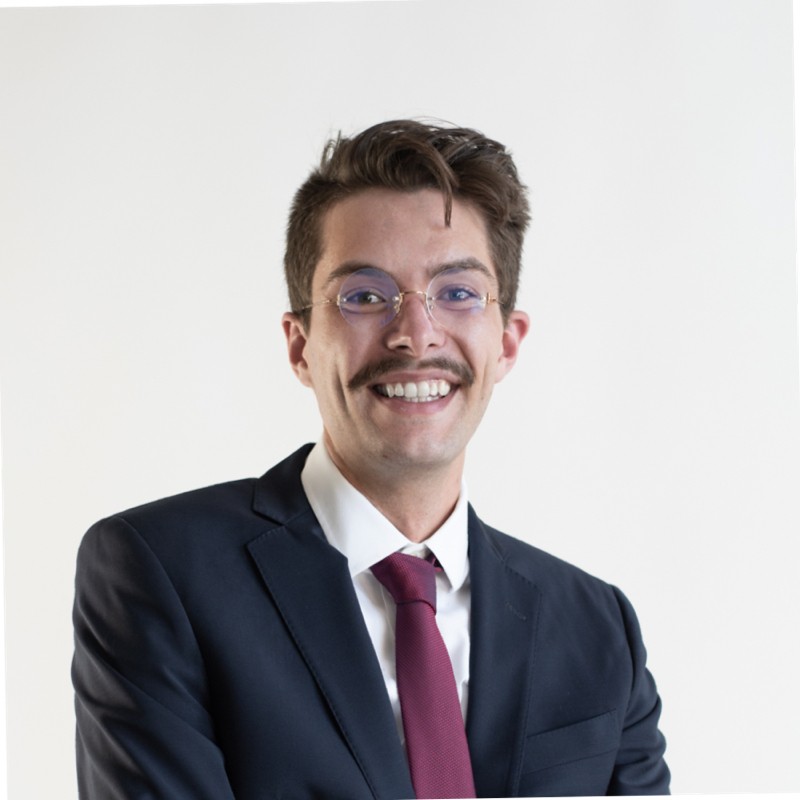
Nicholas Anastasi
Nicholas loves running, candy, and, most of all, hacking.
Using open source in compliance and regulated industries
You’re using open source, in everything, everyone is. But what does that mean if you have to worry about compliance? We used to be able to use Jedi mind tricks to make open source compliance requirements go away, but that doesn’t work anymore, regulators have figured out what open source is. The free lunch is over.
So what should we be doing? If compliance is important, and open source is everywhere, how hard can it be? How should we track all this open source? What about vulnerabilities? How does FedRAMP, SOC, or FDA work when you have open source? What about Europe with NIS2, CRA, and DORA? Is it different if you’re developing vs deploying? Can we even secure something we didn’t write? Do I need to know what countries a person lives in who also worked on this open source stuff? Let’s figure out what using open source in a regulated environment looks like. It’s rather naive to just shout “update your dependencies”, it’s more work than just that, let’s talk about
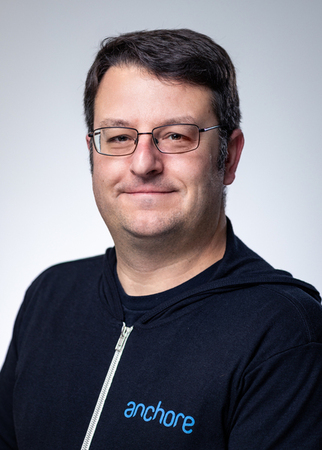
Josh Bressers
Josh Bressers is the Vice President of Security at Anchore. Josh has helped build and manage product security teams for open source projects as well as several organizations. Josh is the co-lead of the OpenSSF SBOM Everywhere project and co-hosts the Open Source Security Podcast and the Hacker History Podcast.
The MITRE ATT&CK Framework and Your Pentest
Everyone is talking about the MITRE ATT&CK® Framework. Auditors are encouraging you to align your controls and testing against it. But where do you start? In this presentation we will briefly introduce the MITRE ATT&CK® Framework and then consider how you can use it to guide your pentest, identify your gaps using the adversary tactics and techniques and streamline your remediation efforts.
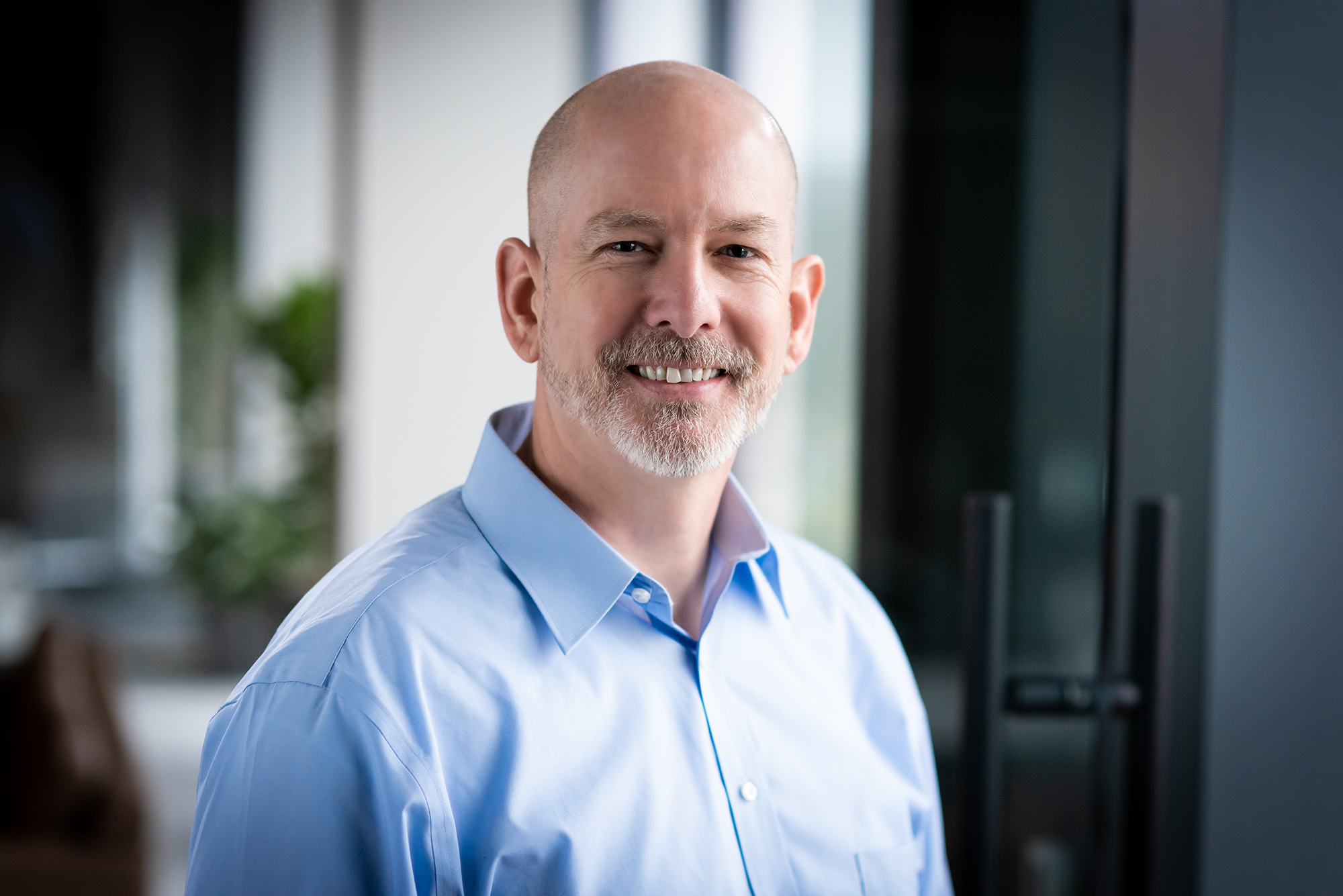
Thomas Freeman
Thomas Freeman is a seasoned cyber offense and defense leader with over 25 years of consulting and IT leadership experience. Currently heading teams at Sikich, Thomas has worked through the trenches as a consultant, senior consultant, manager, and director of a DFIR and penetration testing team. He brings deep expertise in building and managing best-practice information security programs and is known for providing actionable insights that strengthen client security postures and cultures. A CISSP and holder of multiple GIAC certifications (GPEN, GCIH, GCWN, GCIA) and ISACA certifications (CISM, CISA), Thomas is an active member of ISC(2), ISSA, ISCA, and FBI InfraGard.
Becoming the Patron Saint of Liars and Fakes : Building Realistic Phishing Simulations
Attackers continue to get smarter and faster with creating phishing emails for users. Defenders must create simulations which provide opportunities to train against these upgraded threats. Security awareness programs need to be providing a variety of examples of what real world attackers are using. They also need to change how they are delivered in order to better match the unpredictable nature of attackers. This talk will cover how you can take your phishing simulation from just meeting requirements to one that will be a potent tool in preventing phishing.

Alex Jensen
Alex has been practicing information security for the past four years and has been interested in it since high school. The WannaCry and NotPetya attacks encouraged him to begin investigating cybersecurity in high school, and he joined his high school's newly formed cybersecurity club, where he participated in his first CTF. Moving onto college, Alex continued his passion for cybersecurity by joining the ISACA student chapter. He soon became involved in the chapter's leadership and became president of it for 2.5 years. In this time, he helped the club navigate the challenges of COVID and worked to have the club create the best opportunities possible for members to gain real-world cybersecurity experiences. In college, Alex's internships gave him his first exposure to security awareness programs. After graduation, Alex has spent the past four years as an information security analyst, contributing to the operational responsibilities of his team and managing the security awareness program.
Navigating Phishy Waters: The Phisherman’s Guide to Phishing Training-Reeling in Risks Without Capsizing Culture
Phishing remains one of the most prevalent and costly cybersecurity threats, posing significant risks to organizations of all sizes. Phishing training and simulation programs are an effective way to help control the risks from phishing, but the programs themselves can create significant risks or even be a detriment to your organization's culture if not carefully conducted.
This presentation will dive into the multifaceted aspects of creating, administering, and measuring an effective phishing training and simulation program. We will discuss dozens of options for designing realistic phishing scenarios, engaging employees, fostering a culture of trust, as well as potential measures of success.

Jeff Asman
Jeff’s lifelong mission has been to help people protect themselves and their assets.
With almost 20 years of experience in nearly every domain of financial services cybersecurity governance, risk, and compliance, Jeff knows that a well-informed workforce is the strongest safeguard against cyber threats.
Instinctive, passionate, and tenacious about inspiring business leaders and staff to recognize, understand, manage, and grow their security culture, Jeff strives to bridge the gap between technology and human behavior to create people-centric cybersecurity solutions and protect business and personal information, reputation, and financial assets.
You Are Not Alone: Building and Thriving in the InfoSec Community
Many InfoSec professionals find themselves as the lone security expert in their organization, tasked with defending against evolving threats without an internal support network. But being the only InfoSec person at your company doesn’t mean you have to go it alone. The broader security community is your greatest resource for staying informed, sharpening your skills, and finding much-needed support.
In this talk, we’ll explore how to effectively leverage the InfoSec community to grow as a professional and combat isolation. We’ll discuss how to engage in local meetups, conferences, online forums, and professional organizations like ISACA, (ISC)², and DEF CON groups. You’ll also learn about mentorship opportunities, open-source collaboration, and ways to contribute back to the community to strengthen our collective defense.
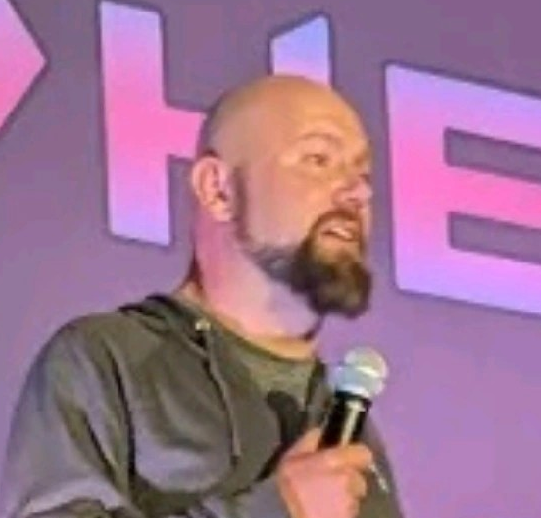
Aaron Hurt
Aaron is an IT professional with over two decades of experience. Throughout his career, Aaron has heavily focused on the intricacies of IT security operations, with a particular focus on serving within the credit union movement. Currently serving as the Vice President of IT at Summit Credit Union, Aaron plays a pivotal role in shaping the technological landscape of his organization.
With a passion for leveraging technology to enhance business outcomes and improve customer experiences, Aaron is dedicated to staying at the forefront of industry trends and advancements. His comprehensive knowledge of IT governance, risk management, and cybersecurity has earned him a reputation as a trusted advisor and thought leader within information security.
In addition to his professional work, Aaron is committed to giving back to the industry through active involvement in professional organizations such as ISACA, CompTIA, SANS/GIAC, and as a board member with WICTRA.
r00ting Out Fraud on Telegram
Cybercriminals aren’t just stealing credentials—they’re openly trading them in Telegram channels. This talk dives into how phishing sites funnel stolen data into fraudster-run Telegram bots and marketplaces, revealing tactics for tracking, infiltrating, and extracting valuable intelligence. We’ll explore OSINT techniques to follow the trail from a phishing site to compromised credentials, automate data collection, and even disrupt fraud operations. Whether you’re a threat hunter, defender, or just curious about the underground economy, this session will equip you with the skills to turn the tables on cybercriminals.
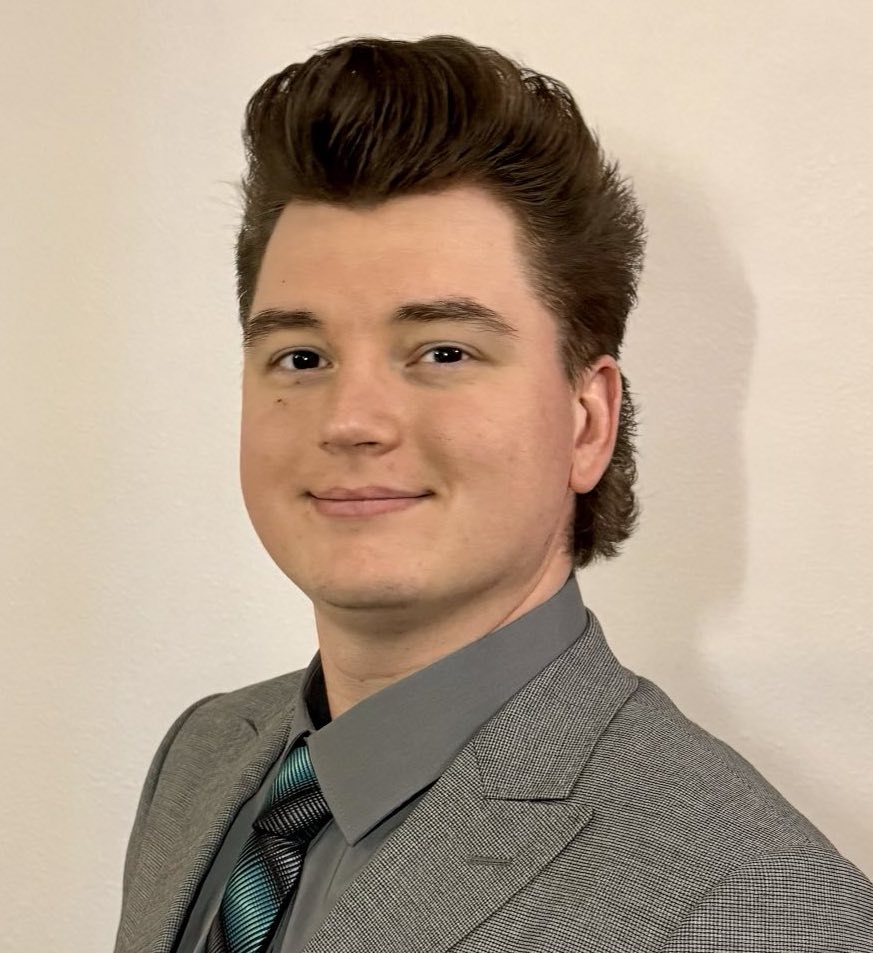
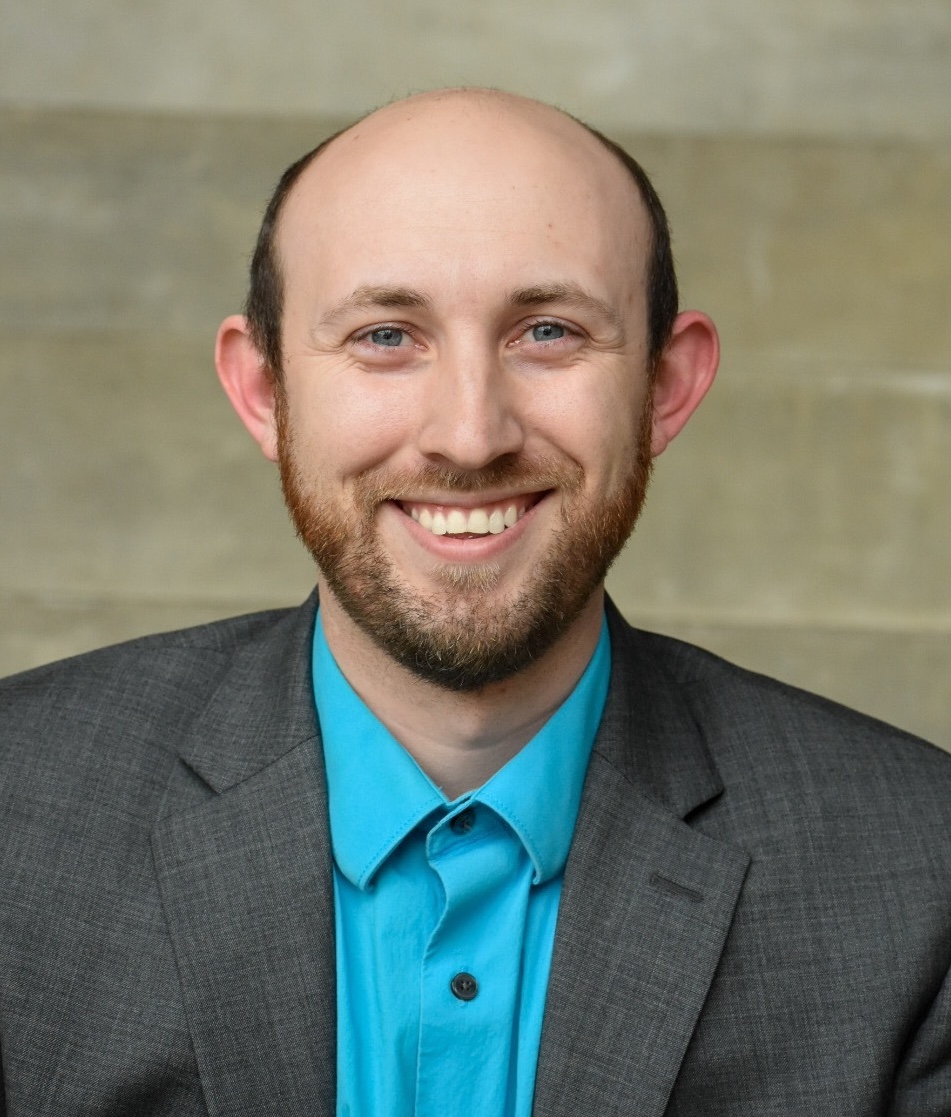
Matt Meis and Kyle Yurek
Matt and Kyle have been punching miscreants at Summit Credit Union for the last year and a half. Matt has over 15 years of experience in the cybersecurity and IT space. He has built banking fraud detection systems, written college level cybersecurity curriculum, and started DomainAlarm to proactively detect phishing sites. Kyle is a professional fraud fighter with over a year of experience. He analyzes fraud data, creates and shares threat intelligence, conducts investigations into bad actors and smishing groups, and advises decisionmakers on fraud mitigation strategies to provide a secure member experience. Recently Kyle has picked up new skills in development and threat intel that he will showcase in this presentation.
Security alerts and incidents - Lessons learned and future planning
Attackers continue to try new and improved ways to circumvent security controls and user training. We will cover examples of security events, how to react to the events, educate impacted users, and the lessons learned. This will lead into a discussion on future planning and initiatives for additional security controls and end-user training.

Andy Teska
As the Sr. Data Security Engineer Andy monitors security events and maintains security systems and compliance including end-user education and training. Andy is also responsible for planning, designing, and implementation of security controls which safeguard enterprise applications and data. Additionally, Andy participates in the annual internal and external penetration tests, audits for ISO 27001, SOC2 and PCI-DSS 4.0, security assessments, and customer questionnaires.
What the Homelab?!
In this talk, Jim Schultz will discuss the advantages of building a cyber-focused homelab for continued growth and learning. In a world full of never-ending subscriptions for cybersecurity training, running a homelab with second-hand hardware and widely available software is a fun and enjoyable breath of fresh air. You will learn about common tools and technologies that can be integrated to build out a lab, common pitfalls, and other resources to get started, whether you’re a novice or pro!
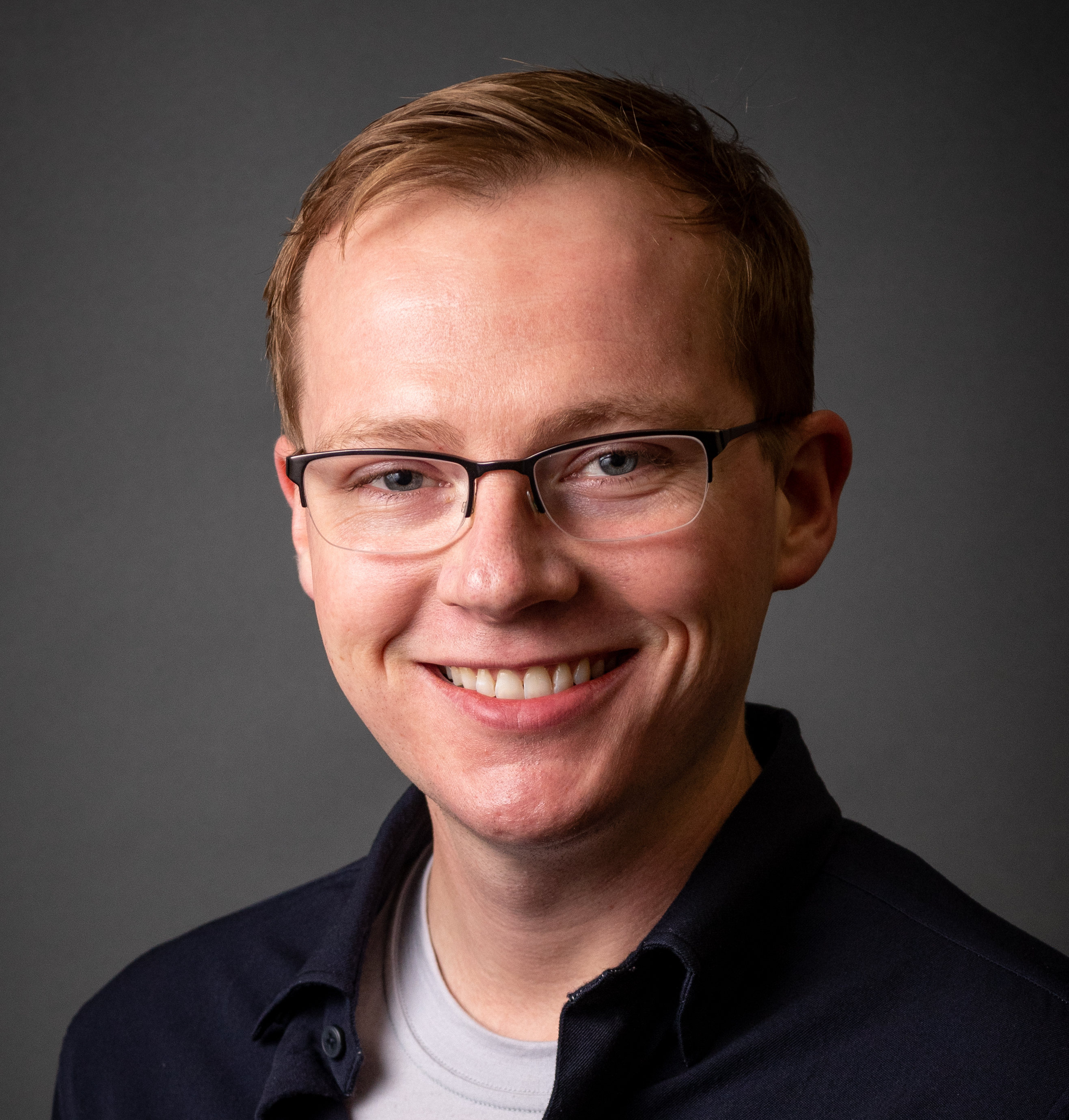
Jim Schultz
Jim Schultz is a Cybersecurity Consultant at Ghostscale and an Instructor at WCTC.
With a lifelong passion for IT and cybersecurity, Jim has over 15 years of experience in the industry. He has held various hands-on roles, from Systems Administrator to Penetration Tester. Jim thrives on continuous learning, expanding his skill set, and applying his knowledge to the rewarding challenges he encounters daily. Off-keyboard, he enjoys traveling, experiencing new cultures, and spending time outdoors.
Defending Satellites: Applying Earth's Defensive Playbook in Space
In the "New Space" era, marked by dynamic commercial ventures and cutting-edge technologies, securing satellites against digital threats is crucial. This presentation will explore satellite security challenges and how terrestrial defense mechanisms can be adapted for space. Since the launch of Sputnik in 1957, over 8,000 satellites have been launched as of 2020, with over 6,500 since then, reflecting rapid technological advancements and the emergence of private space firms. This surge not only shifts mission frequency and variety but also enlarges the attack surface, introducing new vulnerabilities in space security.

Adam Scheuer
Adam Scheuer serves as the Chief Technology Officer at CT Cubed Inc., where he is dedicated to pioneering initiatives that bridge the gap between Systems Security Engineering and Cybersecurity fields. He has successfully spearheaded the implementation of innovative solutions that tackle the unique security challenges faced by non-traditional IT platforms.
Help Me I Am Running Out Of Ideas! Can Threat Modeling Facilitate Pen-testing?
This speech outlines the synergy between Pen-testers and Threat Modeling activities.
Whereas Threat Modeling is practiced early on in the Design phase of the Secure Software Development Life Cycle (SSDLC), Pen-testing activities are performed in late stages.
Threat modeling is a table top exercise aimed at outlining security requirements. On the other hand Pen-testing is an after-the fact exercise that identifies vulnerabilities and missing security controls.
Several Synergies can be utilized between the two activities. This speech takes a closer look how Threat Modeling as a pre-cursor can benefit Pen-testing activities. Additionally the feedback from pen-testing can be used to enhance Threat Modeling.

Joern Freydank
Principal Product Security Engineer and Security Architect with more than 20 years of experience, ThreatMod Conf and OWASP Conference Speaker and security podcast participant covering topics of Threat Modeling and Security Design Patterns. Currently working at Splunk/CISCO securing the Company's Products and Services.
Click, Scan, Hack: The Cyber Threats You Don't See Coming (Intro to Cyber Threats for SMBs)
Cybercriminals aren't just targeting big corporations-they're after small and mid-sized businesses, too. In this fast-paced and engaging session, we'll explore the most common cyber threats facing SMBs and how everyday actions, overlooked settings, or a single click can put an entire business at risk. You'll learn how hackers think, how they exploit common behaviors, and how to stop them using smart, cost-effective strategies. Packed with real-world case studies-from spoofed emails and misconfigurations to ransomware and phishing attacks-this session is designed to arm business leaders, IT pros, and everyday employees with practical, immediate actions they can take to reduce risk. Whether you're new to cybersecurity or looking for ways to strengthen your current defenses, this talk will leave you with clarity, confidence, and next steps for protecting your business from the threats you don't see coming.

Ben Struebing
Ben Struebing is a U.S. Air Force cybersecurity expert and engineer with over 14 years of service, currently serving in the Air Force Reserve. He began his career as a software developer and advanced to CTO of a Milwaukee-based tech company. Today, Ben is the founder and CEO of CyberNEX Technology, a veteran-owned firm dedicated to simplifying cybersecurity and IT for small and mid-sized businesses. CyberNEX delivers end-to-end services—from penetration testing and security engineering to fully managed IT and cybersecurity support—ensuring businesses can operate securely and efficiently without the complexity.